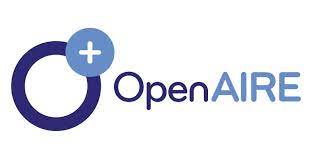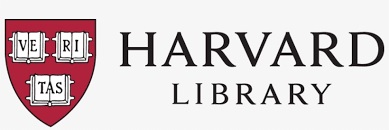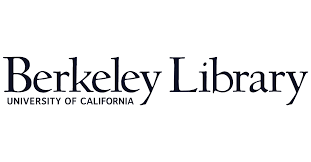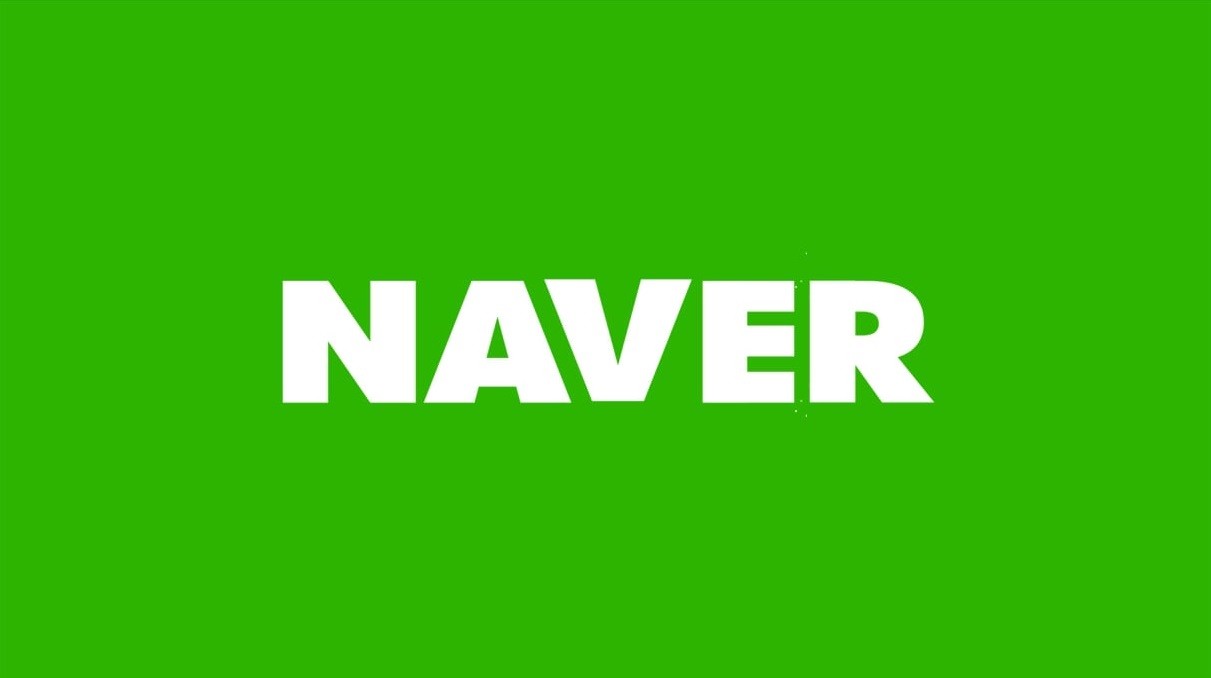Surgical treatment of prolapsed nictitating membrane gland with Morgan's pocket technique on a kintamani dog
Abstract
Prolapsed nictitating membrane gland, or "cherry eye," is a common ocular condition in dogs, characterized by protrusion of the third eyelid gland due to weakened connective tissue, often causing inflammation and infection. A 1-year-old, 11 kg male Kintamani dog presented with a persistent reddish mass protruding from the corner of the right eye for three months. Clinical examination, history, and physical findings confirmed nictitating membrane prolapse (cherry eye), with a favorable prognosis. Cherry eye occurs when the gland of the third eyelid prolapses from its normal position, forming a swollen red mass at the medial canthus. Surgical correction was performed using the Morgan's pocket technique. The dog was premedicated with atropine sulfate, and anesthesia was induced using xylazine and ketamine. The prolapsed gland was repositioned between the two incision lines with gentle downward pressure and then sutured using 4-0 PGA (Assucryl®) in a simple continuous pattern. Postoperative care included antibiotic and anti-inflammatory eye drops (Cendo Xitrol®: Neomycin Sulfate, Polymyxin B Sulfate, Dexamethasone) and oral meloxicam for analgesia. By day 13 post-surgery, the eye had fully recovered, with no signs of recurrence or complications.
Downloads
References
Dewangan R, Sharda R, Kalim MO, Panchkhande N, Sidar SK, Sahu D. 2018. Chery eye in crossbred dog and its surgical management. International Journal of Science, Environment and Technology. 7(1):288-291.
Deveci MZ, İşler CT, Yurtal Z, Altuğ ME, Kirgiz Ö. 2022. Evaluation of Morgan's pocket technique in the treatment of nictitans gland prolapse in dogs. Turkish Journal of Veterinary and Animal Sciences. 44(3):521-527. https://doi.org/10.3906/vet-2001-54
Gelatt KN, Gelatt JJP. 2011. Surgical procedures for the conjunctiva and the nictitating membrane. In: Gelatt KN, Gelatt JP, eds. Veterinary Ophthalmic Surgery. Pennsylvania: Elsevier-Saunders. https://doi.org/10.1016/B978-0-7020-3429-9.00007-9
Multari D, Perazzi A, Contiero B, De Mattia G, Iacopetti I. 2016. Pocket technique or pocket technique combined with modified or-bital rim anchorage for the replacement of a prolapsed gland of the third eyelid in dogs: 353 dogs. Veterinary Ophthalmology. 19(3):214-219. https://doi.org/10.1111/vop.12286 | PMid:26096380
Oguntoye CO, Kodie DO, Oni ZO, Oyetayo NS, Eyarefe OD. 2022. Modified Morgan Pocket Technique for cherry eye repair in 31 dogs. Alexandria Journal of Veterinary Sciences. 72(2):55-63. https://doi.org/10.5455/ajvs.75027
Peruccio, C. 2018. Slatter's Fundamentals of Veterinary Ophthalmology. St. Louis: Elsevier.
Utomo EB, Lesmana MA, Rickyawan N, Airlangga GW, Waspada, SD. 2022. Manajemen bedah prolaps membran niktitan pada anjing beagle di DNA Animal Clinic Bogor. Veterinary Biomedical Clinic Journal. 4(2):75-84. https://doi.org/10.21776/ub.VetBioClinJ.2022.004.02.5
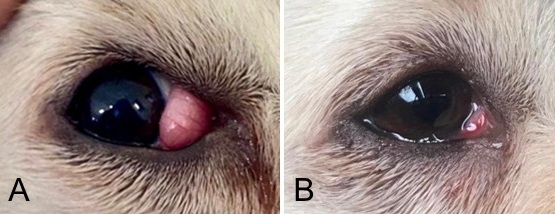
Copyright (c) 2025 CC-BY-SA

This work is licensed under a Creative Commons Attribution-ShareAlike 4.0 International License.
Authors who publish with this journal agree to the following terms:
1. Authors retain copyright and grant the journal right of first publication with the work simultaneously licensed under a Creative Commons Attribution License that allows others to share the work with an acknowledgement of the work's authorship and initial publication in this journal.
2. Authors are able to enter into separate, additional contractual arrangements for the non-exclusive distribution of the journal's published version of the work (e.g., post it to an institutional repository or publish it in a book), with an acknowledgement of its initial publication in this journal.
3. Authors are permitted and encouraged to post their work online (e.g., in institutional repositories or on their website) prior to and during the submission process, as it can lead to productive exchanges, as well as earlier and greater citation of published work (See The Effect of Open Access).

.jpg)

